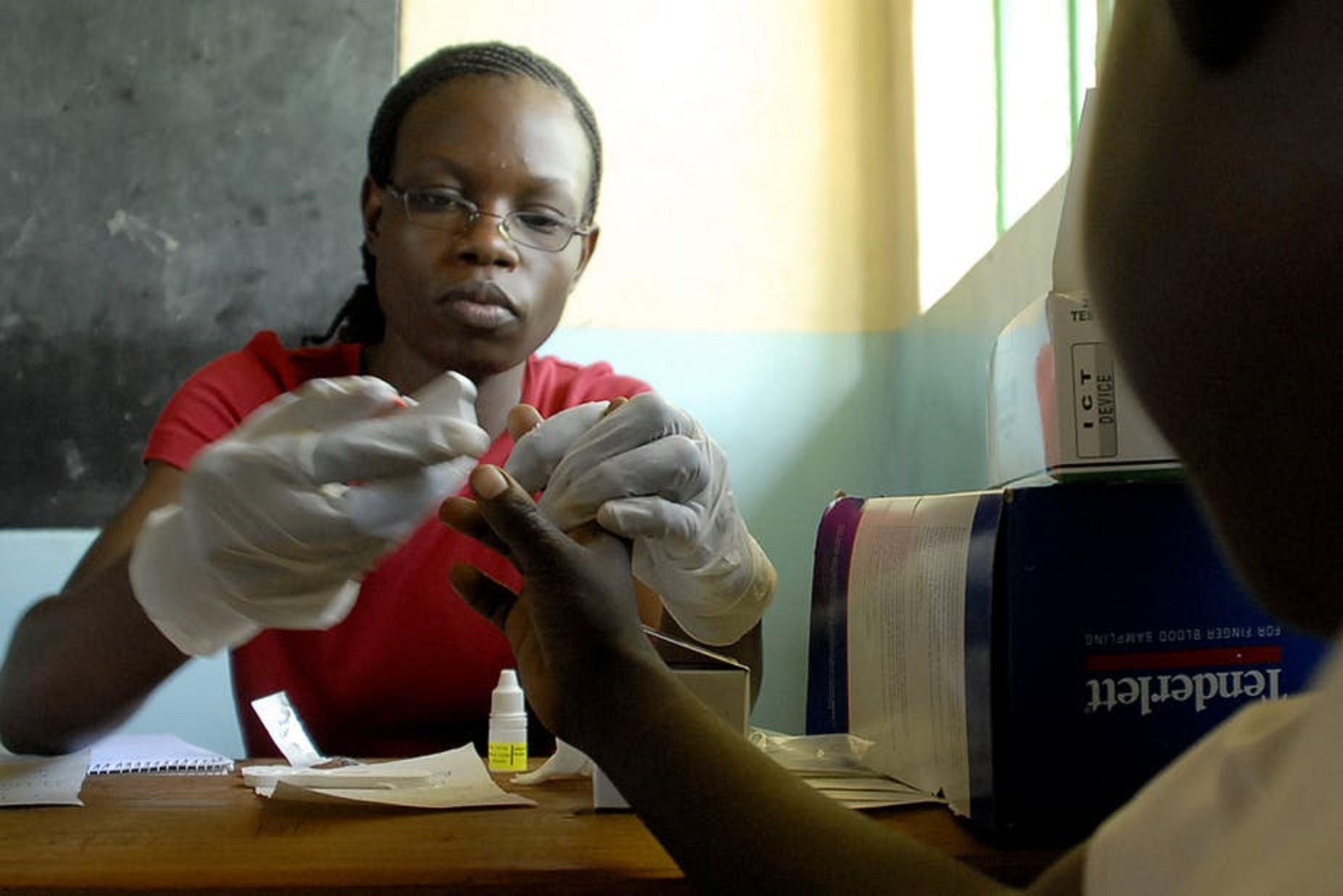Mary Kyomuhendo, a senior consultant at one of the top Multi-National Companies having its subsidiary branches in Kampala has been battling serious illness following a deadly car she survived narrowly. At one point, she almost lost her job. She had spent about six months in the medical operational theatre due to skull injuries sustained at the time of the accident. Mary was now spending almost Ugx 2m for her monthly on medical treatment. At one time, Mary used her car as collateral security to get Ugx 10m loan from John, a local prosperous business man operating a whole sale shop in Kikuubo. The medical bill had become too heavy for Mary to manage.
One evening on her way back home with the family from the hospital, an advert about health insurance was played on the radio. Mary, who was seated in the passenger’s seat instantly increased the volume. She told her children in the behind seat to maintain silence for a while. She carefully noted down the email and phone contacts of the Health Insurance provider. Mary spent the whole night thinking about this radio advert. Her husband, Simon Kajura told her to contact the service provider the next morning.
Have you ever had serious tooth ache in the night, you want to visit the dentist but the night doesn’t break? This is what exactly Mary was going through at the moment. Finally it came to morning. To get a clear explanation of the service, Mary loaded Ugx 10,000 airtime on the phone. She called the provider.
What is health insurance?
According to a senior official from Insurance Regulatory Authority who preferred to remain anonymous “health insurance is a type of insurance coverage that pays for medical bills incurred by the insured.” The health insurance provider can either pay the bills directly or reimburse the insured after treatment.
The insured is entitled to surgical operations, dental, in-patient cover chronic conditions and HIV/AIDS, Out-patient cover, professional fees for all cadres of doctors, hospital accommodation costs for parent/ guardian accompanying a child below 7 years in hospital, day care surgery. Some polices are subject to waiting period. This is a control measure to fighting health insurance fraud.
However, there are some exclusions under the health insurance policy. These include illness due to lifestyle habits for example alcoholism and conditions related to alcohol intoxication, out-patient optical, infertility or impotence treatment and medication.
In Uganda, there are three types of health insurance providers; Insurance companies, Health Management Organizations (HMOs) and community health insurance schemes. The main difference between insurance companies and Health Management Organizations is in the required capitalization by the regulator – Insurance Regulatory Authority (IRA). Insurance companies are required to have capital of Ugx2 billion while HMOs must have Ugx 500 million.
IRA is the body responsible for regulating the activities of insurance companies and HMOs in order to safe guard the public from exploitation. Community health insurance schemes are currently not regulated by IRA.
Where does it leave us?
With only seven HMOs licensed in 2016 to offer health insurance service compared to the 11 HMOs in 2015, the drop in the number of licensed HMOs in 2016 is an indicator of failure to recruit and retain customers. There are only 300,000 individuals with health insurance cover out of 34.5millions The free health care policy in the public health facilities and subsidies from the donors is a factor also to contend with. The HMOs have inadequate management skills especially techniques in actuarial science and health economics in developing tailored products for the different population segments is also one of the factors affecting business.
The inadequate integration of insurance business in the financial services’ products has also contributed to its inadequate penetration in the communities.
What next for the health insurance providers?
The 34.5m population, the increasing middle-income class, relatively low insurance penetration products suggest huge potential for both life and non-life products. A story is told of a foreign company that sent its salesperson to Northern Uganda. On his arrival, the salesperson made a conclusion, there is no market for shoes. Most people here walk bare footed. Another salesperson was sent to conduct a market survey in the region, she noticed that natives did not have shoes. She told the company that this is the area of focus.
Therefore, the insurance industry must grab this opportunity. The players in health insurance business have to integrate their products (premiums) in the larger finance sector. Good enough, the amended finance act 2015 allows for bank assurance and has clear guidelines on this.
Also, innovation is key if insurance players are to realize the growth of the industry. Mobile and cashless payments is the next model of business operation. Partnering with telecom companies to facilitate payment of insurance policies is a game changer. There is need for greater financial literacy and trust between consumers and insurance companies.
As consumers grow up in the digital age, he who is prepared for technological advancements will definitely become the market leader.
Insurance in Uganda is suffering a lot from high fraud rates in the sector. The regulator should set up a fund and find a solution to this so as to reduce the cost of doing business and channel the profits to innovations in the sector.









